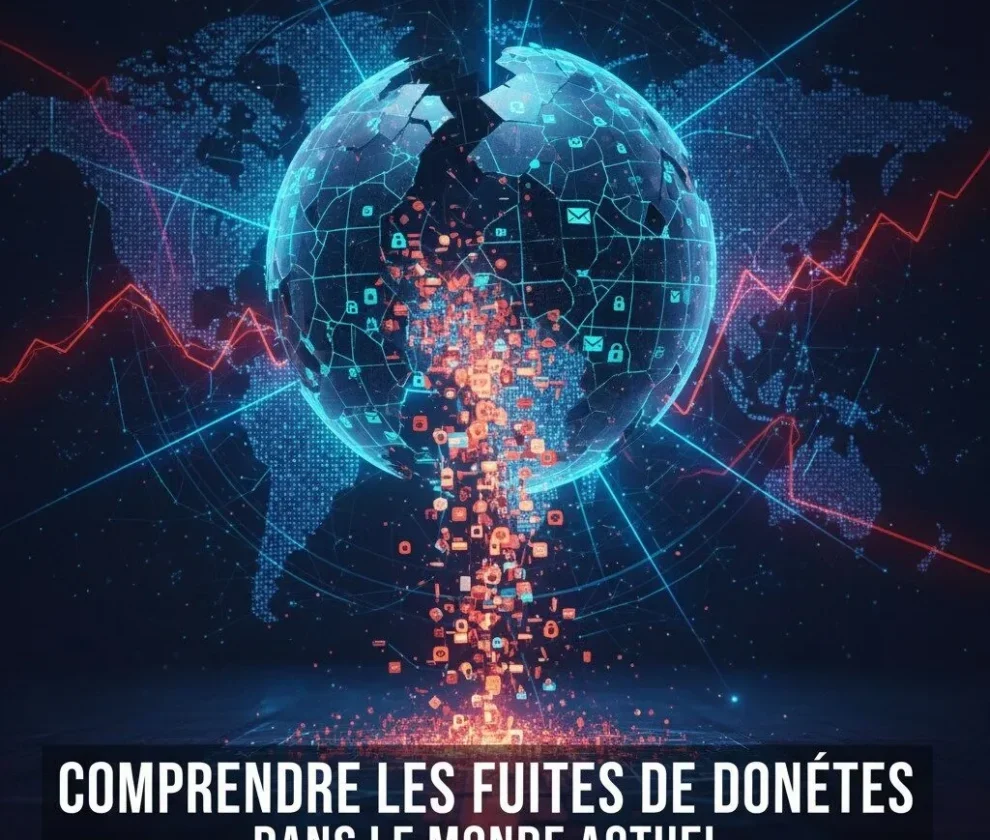Exploiting Vulnerability CVE-2025-10035
The recently identified CVE-2025-10035 vulnerability in GoAnywhere Managed File Transfer (MFT) has become a hotspot of concern among cybersecurity experts. Discovered in September 2025, this critical flaw has exposed sensitive infrastructure connected to the internet to potential malicious attacks. Understanding and mitigating this vulnerability is crucial to maintaining robust security measures.
In this article, we will delve into the nuances of CVE-2025-10035, unpack the response from its developers, and shed light on how organizations can protect their systems effectively against similar risks.
What Is CVE-2025-10035?
CVE-2025-10035 refers to a critical vulnerability that affects the deserialization process of the License Servlet within GoAnywhere MFT. This flaw allows unauthenticated attackers to perform command injections, posing severe threats to affected systems.
The flaw was discovered by Fortra, the creator of GoAnywhere, following a customer alert on September 11, 2025. Vulnerable systems include those exposing the admin console directly to the public internet. Interestingly, other web components developed using the same architecture seemed unaffected, narrowing the attack surface to a specific but highly sensitive area.
Fortra’s Swift Response
Once identified, Fortra acted commendably, deploying hotfixes for vulnerable versions 7.6.x, 7.7.x, and 7.8.x within 24 hours of the alert. Updates integrating permanent fixes, namely versions 7.6.3 and 7.8.4, followed by September 15, 2025.
Going beyond immediate remediation, Fortra proactively communicated the implications of the vulnerability to affected customers and collaborated with law enforcement to mitigate potential misuse. Despite these measures, some unauthorized exploits related to CVE-2025-10035 were reported, indicating how swift action doesn’t always preempt attacks.
How Malicious Actors Exploited the Flaw
Notorious cybercriminal groups, such as the threat actors referred to as Storm-1175, wasted no time exploiting this vulnerability. In filigreed attacks detailed by Microsoft, CVE-2025-10035 has been effectively used to deploy ransomware variants like Medusa starting as early as September 11, 2025.
“The exploitation of this vulnerability underscores how critical it is to limit external access to administrative consoles that manage sensitive infrastructure.”—Benjamin Harris, CEO of watchTowr.
A particular mystery shrouds these attacks: how exactly were the malicious actors able to acquire private keys essential for breaching the systems? This question emphasizes the absolute necessity of robust key management practices and stringent operational security protocols.
Recommended Actions for Organizations
Effective mitigation of CVE-2025-10035 and similar vulnerabilities requires an immediate, coordinated, and vigilant approach. Organizations can significantly reduce risk by adopting the following measures:
- Restrict access to the admin console, allowing connections only from trusted internal IPs.
- Continuously monitor networks for unusual or unauthorized activity.
- Promptly apply software updates and patches provided by Fortra and other vendors.
- Integrate security education into employee training programs to enhance awareness of best practices and incident handling processes.
Taking these preventive actions can sharply reduce exposure to cyber risks stemming from this and analogous vulnerabilities.
Long-Term Implications
CVE-2025-10035 serves as a stark reminder of the importance of a forward-thinking approach to cybersecurity. To maintain a fortified defense against ever-evolving cyber threats, organizations should prioritize:
- Deploying timely software updates to fix detected vulnerabilities.
- Conducting periodic audits of all systems exposed to the internet.
- Investing in proactive threat monitoring and sophisticated detection tools designed to uncover anomalous behavior.
Furthermore, software vendors should take this as a call to action to embed stringent security measures during the initial phases of system and architecture design instead of relying on reactive remediation after vulnerabilities are discovered.
Conclusion
The discovery of CVE-2025-10035 highlights yet another critical security flaw stemming from the insecure deserialization of data. This vulnerability reinforces the urgent need for organizations to safeguard their attack surfaces against exploitation and for software vendors to prioritize secure development practices.
At My Own Detective, we specialize in advanced security assessments, risk analysis, and tailored intelligence services. Our expertise can help protect your critical assets from emerging threats like CVE-2025-10035. Contact us today to explore comprehensive solutions that shield your business from potential cyberattacks.


